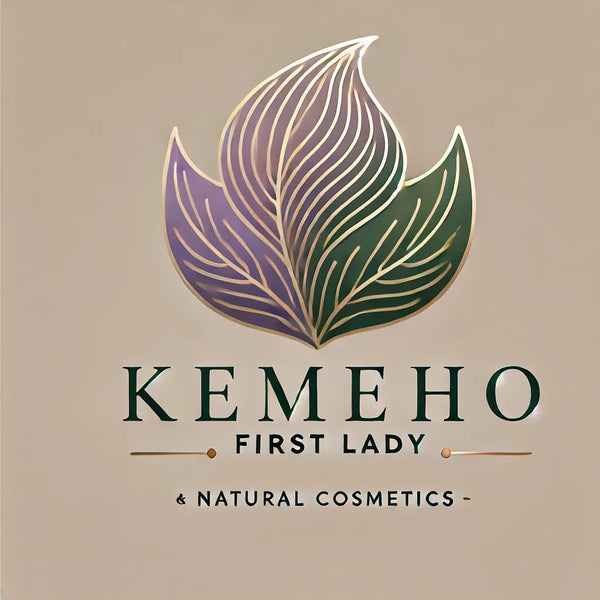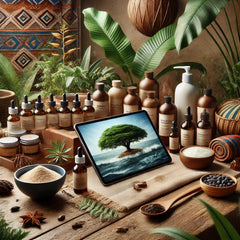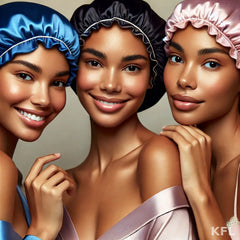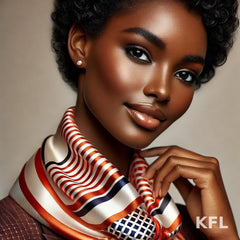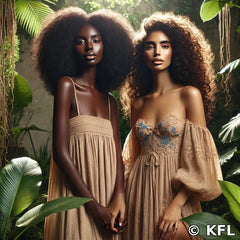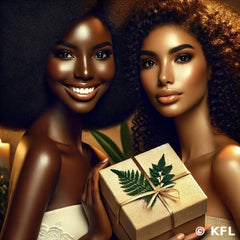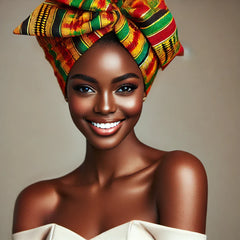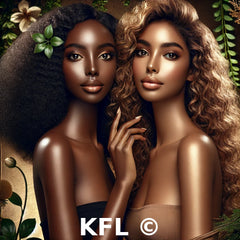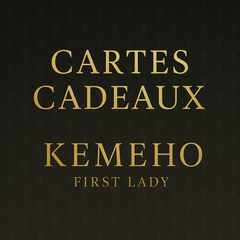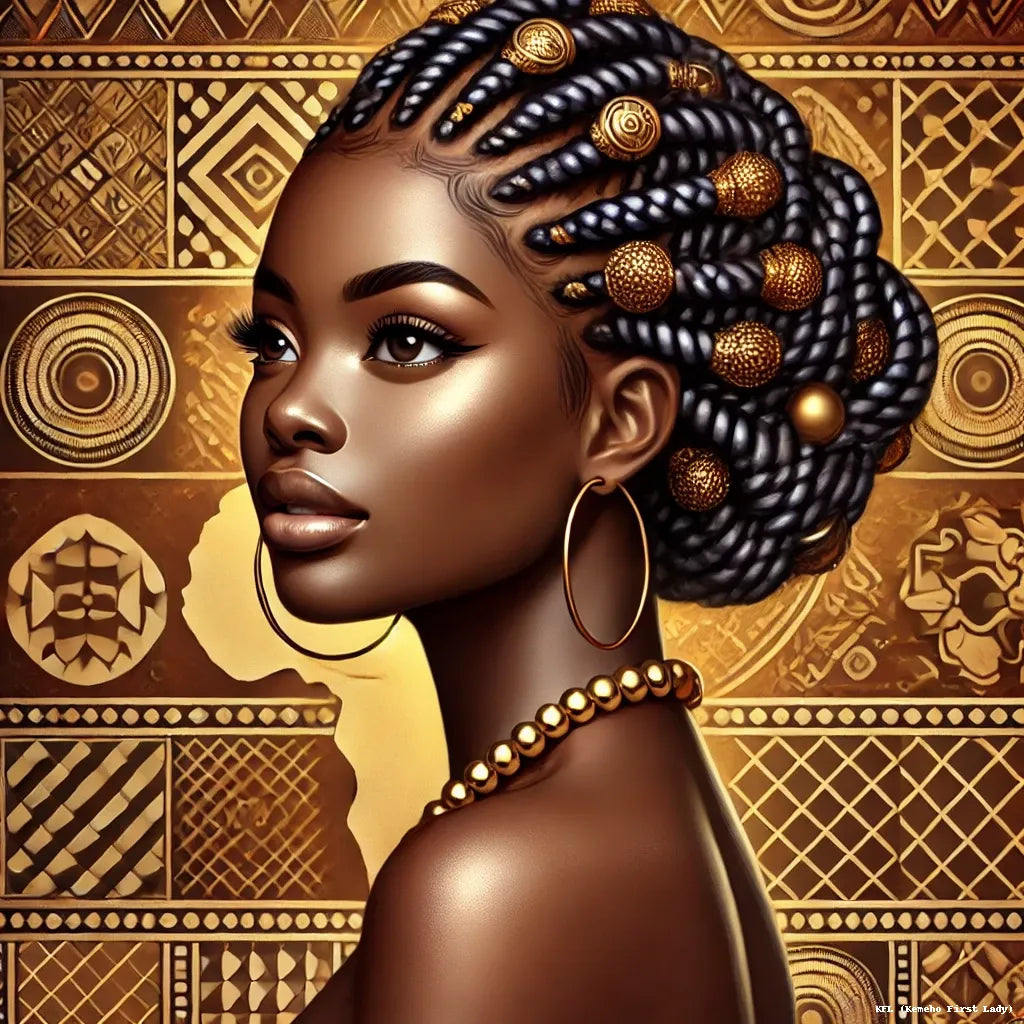
The Influence of African Braids in Fashion and Culture
Share Label
African braids are not just hairstyles: they carry history, identity, and culture. For centuries, they have held a central place in African traditions, and today they are becoming a staple in the world of fashion and glamour. Let’s explore their significance and influence on current trends.
- An Ancestral and Symbolic Hairstyle
🌍 In Africa, braids are more than a trend; they are a visual language.
🌍 Each ethnic group has its own braiding styles, often conveying meanings tied to age, social status, or tribal affiliation.
🌍 Historically, some braids served as a form of communication among enslaved people, hiding messages or seeds for survival.
- Oppression and Stigmatization of Braids
⛓️ During colonization and slavery, braids were sometimes banned or shaved off to erase the cultural identity of African peoples.
⛓️ Until recently, braided hairstyles were deemed “unprofessional” in certain settings, leading many to adopt more Eurocentric styles.
⛓️ Colorism and imposed beauty standards long favored straight hair over natural textures and traditional African hairstyles.
- The Braided Revival Through the Nappy Movement
🔥 With the rise of the “nappy” movement and the acceptance of natural hair, African braids have regained their prestige.
🔥 Celebrities like Beyoncé, Zendaya, Alicia Keys, and Lupita Nyong’o have popularized braids on red carpets.
🔥 Social media has played a key role in democratizing braids, with tutorials and influencers showcasing this ancestral hairstyle.
- African Braids’ Influence on Fashion and Beauty
👑 Today, braids have become a sought-after hairstyle on runways and in fashion campaigns.
👑 Luxury brands now incorporate braids into their shows, celebrating the richness of African culture.
👑 Festivals and cultural events highlight the diversity of braids: box braids, cornrows, Fulani braids, Bantu knots, and more.
- The Debate Around Cultural Appropriation
⚠️ While braids are increasingly popular, they have also sparked controversy.
⚠️ Many white celebrities have been accused of cultural appropriation for wearing braids without acknowledging their African origins.
⚠️ Honoring Black culture and giving credit to its roots remains a central issue in fashion and beauty.
- African Braids: Tradition Meets Innovation
✨ Today, braids continue to evolve, blending traditional techniques with modern accessories.
✨ Beads, gold threads, and geometric patterns enrich braided styles, merging tradition and modernity.
✨ Braided hairstyles remain a powerful symbol of Black identity, creativity, and personal expression.
Conclusion
African braids are far more than a trend: they are a living heritage, a symbol of resilience, and a strong statement of identity. Their influence keeps growing, inspiring both fashion and contemporary culture. Today, braids are more than just a hairstyle—they are an art form and a message of pride.
Have you ever worn African braids? What’s your favorite style? Share your thoughts in the comments!
📢 Want to learn more about African history and culture? 🌍✨ Dive into our Africa Travel Guide and discover fascinating traditions, iconic landmarks, and tips for an authentic journey. Click here to learn more 👉 Africa Travel Guide
